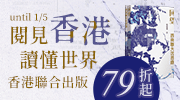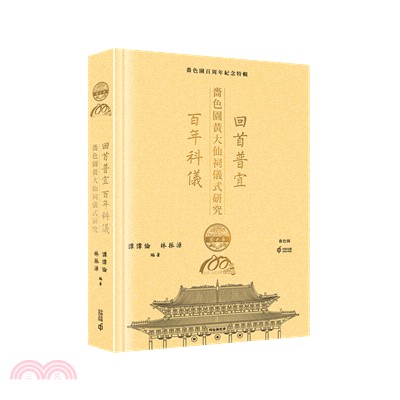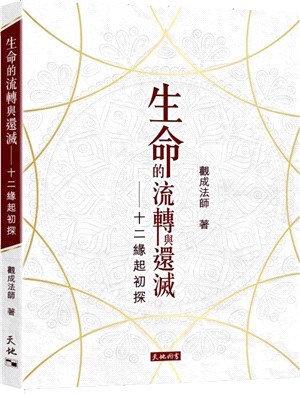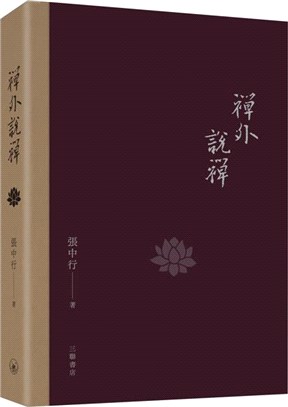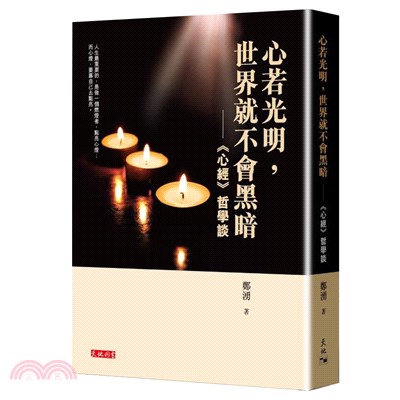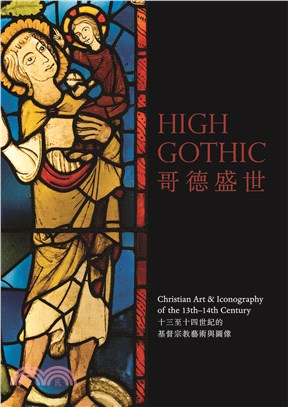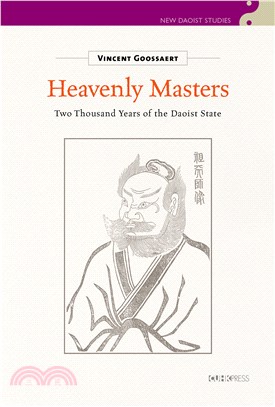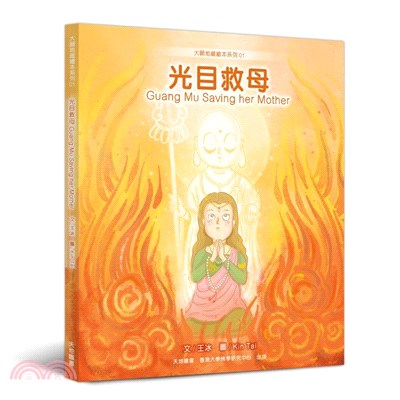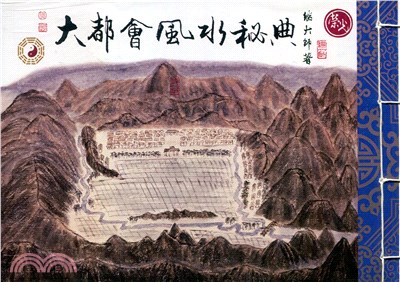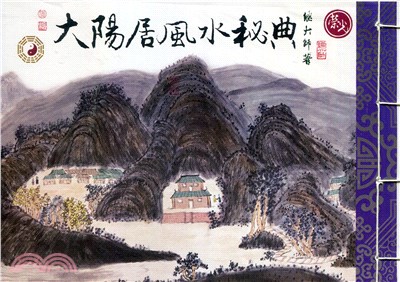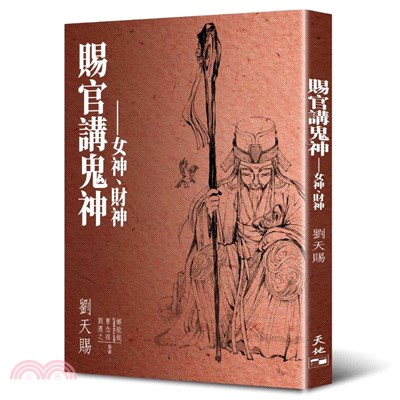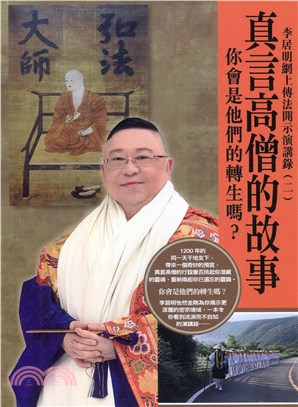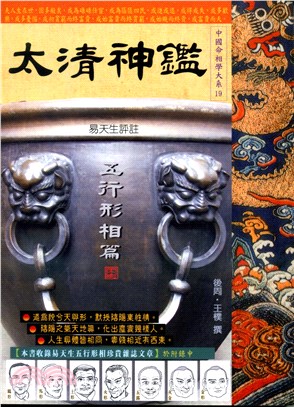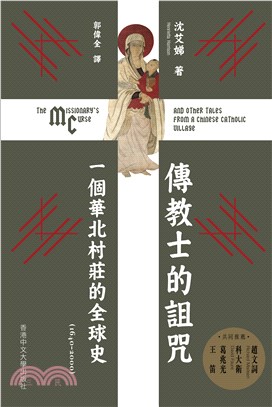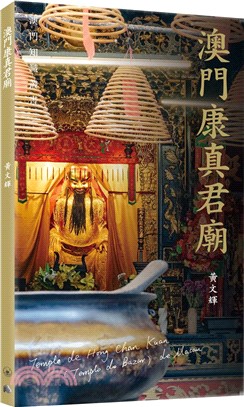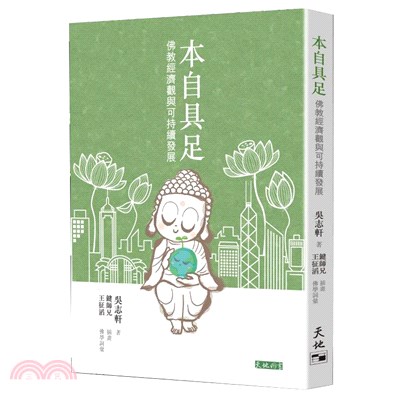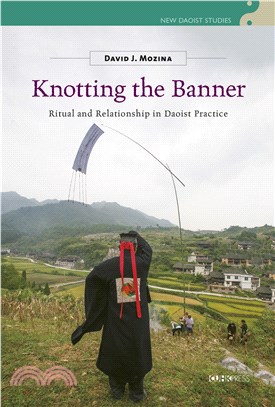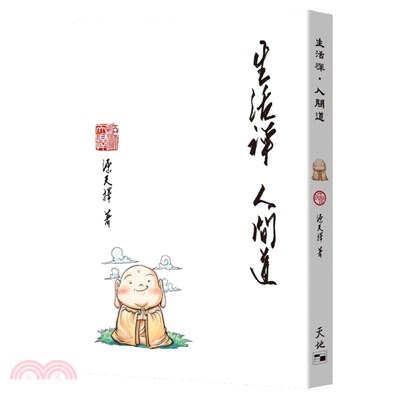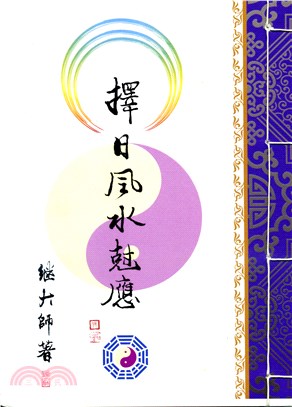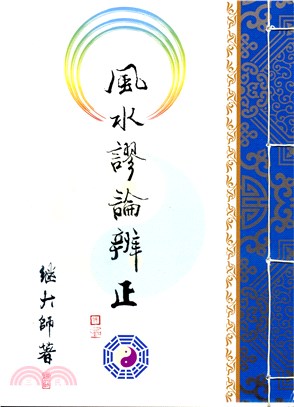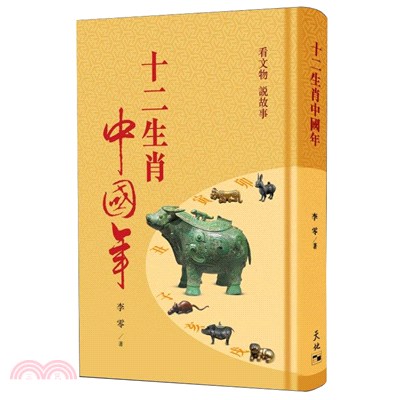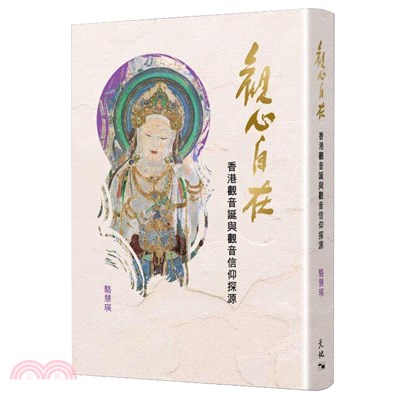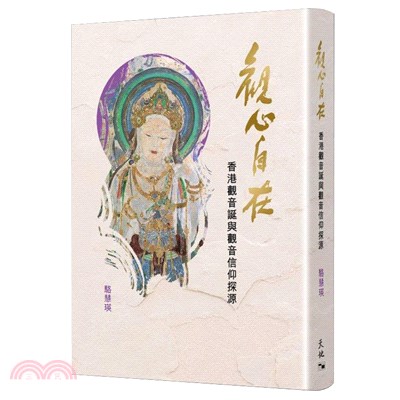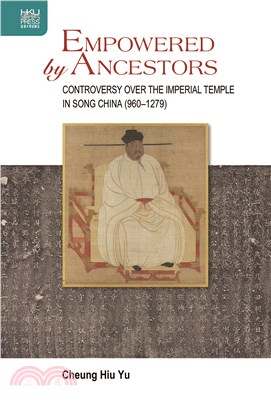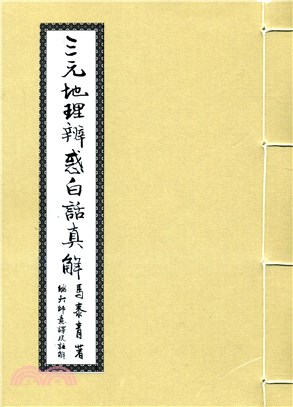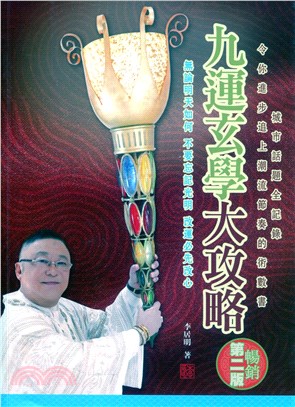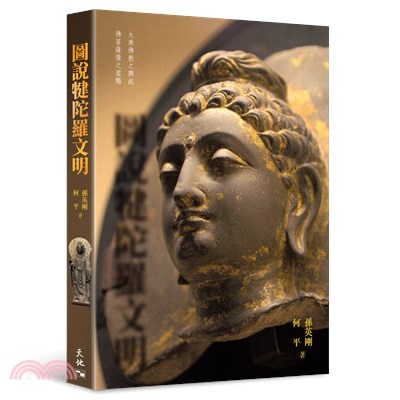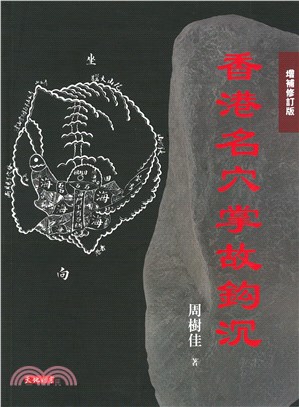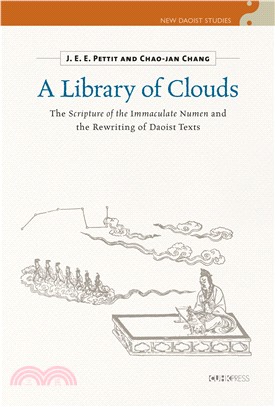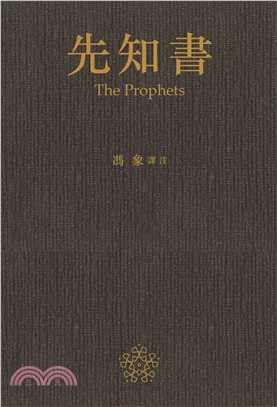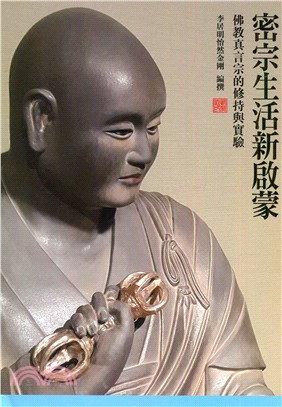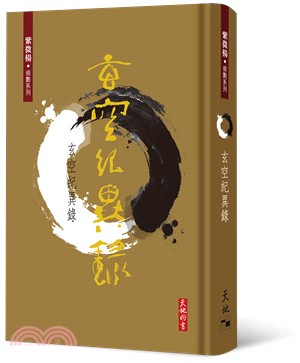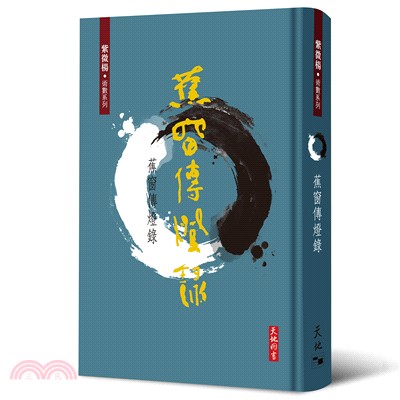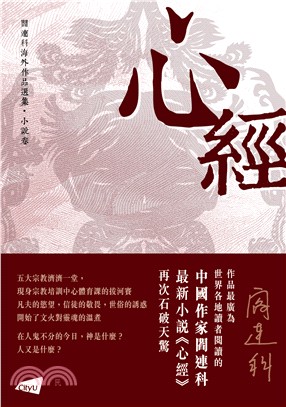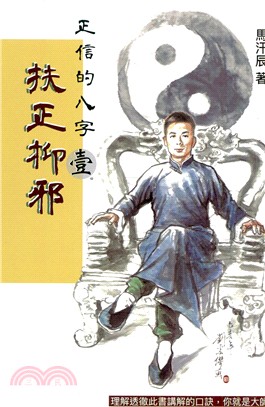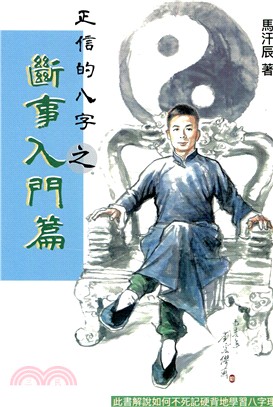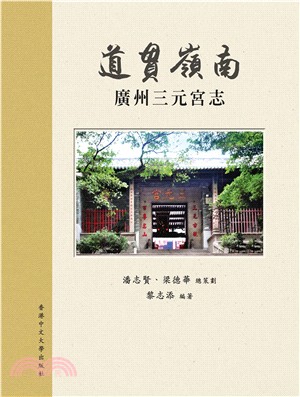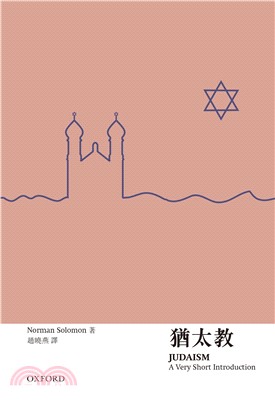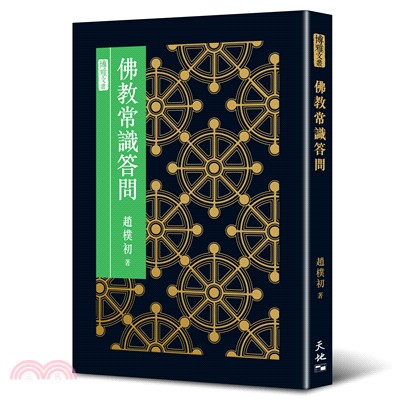‧黃大仙祠享有盛名、人皆知曉的著名宮觀‧儀式傳統準確翔實的嗇色園科儀整理‧學術研究兩位知名學者連袂,極有價值的宗教研究文本嗇色園科儀傳統,承傳自西樵普慶壇。經融匯《道藏》及《廣成儀制》等道教科儀典籍,化繁存菁,獨出機杼,最終演變成兼融全真及正一派特點的當代道教科儀。
優惠價:
9
1089
庫存:2
為甚麼人有不同的命運,但都逃不過生老病死?是甚麼決定一個人的命運?人為甚麼有痛苦與煩惱?人生的煩惱可以有解決的方法嗎?佛教説眾生都經歷輪迴,所有生命都相續「流轉」。人的每一生必然遭遇各種身心的痛苦,難以自拔。生命的流轉就像河流,大部份人隨波逐流,一生又一生經歷愛恨情仇,生老病死,卻原來,佛陀早已經告訴我們逆流而上,解脫痛苦的辦法,就是十二因緣的「還滅門」。本書讓我們了解生命流轉的真相和解脫輪迴的方法,開啟超凡入聖的智慧人生。
優惠價:
79
347
庫存:1
“探討人生,總不能不聽聽禪家的發言。”“說禪,如果決心知無不言,言無不盡,那就只好站在禪堂之外。”——張中行本書是著名文史專家張中行先生談論佛教禪宗的著作。“禪”來源於佛教,是歷史文化的重要一支。本書清晰梳理出佛教中土化的源流發展脈絡,分宗別派,從生活、學術、文學藝術等方面分述其影響。作者立身禪外,把恍兮惚兮的名相變為明晰易解的知識,旁參儒家道學等各家理論,解釋深入淺出,使不懂禪理的讀者也能略知其輪廓。字裏行間既指出教義與修持之道的積極意義,同時亦坦承其中離奇難解,及其難於實現之處。本書作為禪學入門書,歷久而不過時。“禪”是一種人生之道,面對人生的種種欲望、無常、順逆、得失,總不能不聽聽禪家之言。加之時下瑜伽、頌缽、禪修冥想、靜觀正念的風氣盛行,說明現代人面對躁動營役的生活,希望透過禪的修持方法和生活態度為思緒尋找出口。從這一層面上看,本書亦不失為認識人生的經典之作。
優惠價:
79
560
庫存:1
中國大乘佛教,提倡一種燃燈者精神,點燃自己、照亮別人;作者正好借「讀經」與一眾讀者「談心」,用佛道悟人心,啟發心靈。人生最重要的,是做一個燃燈者,點亮心燈;而心燈,要靠自己去點亮。凡事都要從簡,人要活得簡單,做事也一定要簡單,越簡單越好。事情本來並不複雜,複雜都是人為的。搞複雜了,就是自尋煩惱;自尋的煩惱,只能靠自己去解決,正所謂「解鈴還須繫鈴人」。那就是《心經》的一個基本點:自救。
優惠價:
79
529
庫存:9
High Gothic: Christian Art & Iconography of the 13th–14th Century showcases classic examples of statuary, stained glass, diptychs, textiles and caskets that were used in the expression of Christian devotion in Western Europe.‘Gothic’ was originally a derogatory term coined by scholars during the Renaissance to describe the ‘barbaric’ medieval architecture that arose with the decline of the classical forms of the Roman Empire. The word is now understood to describe a style of buildings and objects created between the twelfth and fifteenth centuries which incorporate elements such as novel advances in masonry work and the characteristic ogival arch.The Gothic period saw an increased emphasis on the power of images, where vision became an active force for activating emotion and inspiring contemplation. The great cathedrals constructed in this period―with their thin walls and high vaults filled with statuary and stained-glass windows―were designed to evoke awe among visitors. The exqui
優惠價:
79
1066
庫存 > 10
The origins of modern Daoism can be traced to the Church of the Heavenly Master (Tianshidao), reputedly established by the formidable Zhang Daoling. In 142 CE, according to Daoist tradition, Zhang was visited by the Lord on High, who named him his vicar on Earth with the title Heavenly Master. The dispensation articulated an eschatological vision of saving initiates—the pure, those destined to become immortals— by enforcing a strict moral code. Under evolving forms, Tianshidao has remained central to Chinese society, and Daoist priests have upheld their spiritual allegiance to Zhang, their now divinized founder. This book tells the story of the longue durée evolution of the Heavenly Master leadership and institution. Later hagiography credits Zhang Daoling’s great-grandson, putatively the fourth Heavenly Master, with settling the family at Longhushan (Dragon and Tiger Mountain); in time his d
優惠價:
79
1753
庫存:1
光目救母的故事源自佛教經典《地藏菩薩本願經》。在久遠的過去,清淨蓮華目如來的時代,有一位名叫光目的女子,她以至誠的心念和行動幫助墮落在地獄道的母親脫離苦海,以深廣的悲心與願力創造了奇蹟……「地獄不空,誓不成佛」是地藏菩薩的誓言。「大願地藏繪本系列」提醒我們要向地藏菩薩學習,樹立救度眾生的無量悲心與宏願。
優惠價:
79
205
庫存 > 10
陽居都會,以得生氣及來水為上,「水者」為水流或氣流所流來之方,穴上能夠迎接水氣而使凝聚,聚後生氣慢慢散去,生氣來多,凝聚時間長,散去的時間長,是為真得生氣也。大都會的形成,是符合古人風水的法度及理論.而「得水」者,以平洋龍所結之都會格局為主•如「上海市」。「藏風」者,以山崗龍所結的都會格局為主,亦需要得接流水所帶來的生氣,如「福州市」。故山水二氣,左右人類的生活,山川地勢,在風水學上的專有名詞為「黃白二氣」,「黃氣」為山,「白氣」為水,不同山川,孕育各種人物,故曰:「人傑地靈」,而陽居之大都會,它有一定之結作條件,其興旺,亦非偶然。筆者繼大師把過往的經驗,寫下各種都會的風水原理,本書命名為:《大都會《水秘典》內容有:山崗及平陽龍所結作之都會、都會選址原理、城市都锊之種類、界水止來龍之原理、城市在巒頭上之發福長短原理、水口砂之作用、符合吉祥風水的城市規剷法則、生氣凝聚原理、現代衛星城市之河遒作法、水流河道之吉兇原理、市鎮河道之,直出j與「屈曲j原理、城市堆填法、城市橋樑之作用、設計橋樑之法則、都&中之人造文筆塔的作法、塔之功能……為使讀者更加明瞭,最後加上兩篇《垣局篇》的註解及《河流對行都城市的影齊》。本書內容,深入淺出,風水原理,解釋詳盡,是筆者繼大師前所未有的著作,此開會立都的風水理論,古人風水明師皆未曾將陽居都會述説得如此清楚詳盡,實是希有之作。非一般人所能懂,書中皆依古代風水明師之著作為立論基礎。其中有:晉之郭璞、唐之楊筠松及卜應天、明末清初之蔣大鴻……風水之效應,要配合三樣東西,就是:天時地利人和,若得三者配合,定有一番作為。此《大都會嵐水秘典》以城市之整體大形勢為主,還有鄉村'市邑、祠堂、廟宇、墳場、國家元首、政要、大學學府、各政府部門辨公地方……等風水形勢,均與國運息息相關,此等學問,留待下一冊再述。
優惠價:
9
2153
庫存:2
此《大陽水秘典》是延續《大都會風水秘典》內未提及的風水知識,為求更加全面,特將〈都市垣局原理〉清楚解釋,細説其原則,述説〈陰陽二宅的福力比較〉及〈陽居三格〉等文章。此書第二部份是述説陽居之風水學理|包括:地形選擇、陽居房屋種類、開門法、拱門、照璧及文昌塔樓的建設等。此等陽居風水學問,大部份適用於鄉村內之平房屋、祠堂及廟宇等建築物,是屬於陽居中較為豪華式的風水設計,亦可用於權貴人士的官邸,這非一般的風水學問,內容衆多|不能盡錄。還有「水法」,在風水學上幾乎是失傳的東西,非三言兩語便能明白•若非遇上真明師,恐怕早已失傳,風水是活的,懂得運用,處處皆合也。本書的最後部份加上 、 、 。將大陽居的風水理論以實例説明,是為學以致用。為能使讀者更能明暸,筆者自繪立體插圖於部份文章之後,並附上多年來自拍的相片,選擇其精要部份登出。全書在各章之中最花時間者,就是〈照璧之作用及功能>—文內之照片•是可遇不可求,幾經辛苦,始能拍攝下來,極為艱辛之作。此《大陽居風水秘典》,並非與陰宅祖墳風水學理分_'而是息息相關,在點取穴地方面,是完全相同,只不過結穴地方小則是陰宅祖墳結地,結穴地方寬濶廣大,則是陽居結地,放大千萬倍的結地,就是一個大都會城市。故點地功夫要得其証穴的方法,更耍觀察地形、山勢、水流'湖泊等所有地物。若要研究大陽宅風水,一定要將整個地形山勢清楚掌握,並且瞭如指掌,能善觀山水之情,吉凶定能明白。
優惠價:
9
2153
庫存:2
孟婆和月老原來曾經相愛?中國送子女神特別多?有些甚至非常周到,從投胎到定性別到出生到學行到梳洗,堪稱一條龍服務?財神有文有武,有的前身竟是瘟神?黑白無常,何以「一見發財」?東西方女神財神的傳說文化到底有多奇妙有趣?此書帶你一窺究竟。繼怪獸之後,賜官今次陪大家「講女論財」。
優惠價:
79
316
庫存 > 10
1200年的同一天干地支下,帶來一個奇妙的預言,真言高僧的行誼會否挑起你潛藏的靈魂,重新喚起你已遺忘的靈識。你會是他們的轉生嗎?李居明怡然金剛為你揭示更深層的密宗境域,一本令你看到流淚而不自知的演講錄……
優惠價:
9
1260
庫存:1
相傳太清神鑑一直留在朝廷中,供文人雅士閱讀,要到清代才流出外間,雖然其不及麻衣、柳庄、水鏡等相書之能在民間普流通,卻有著秘而不傳,高等命理之神秘感。 太清神鑑一書,最大的特色便是其集各家之大成,作者王樸,精於文筆與學術,故有別於一般江湖相命書,而全書的精髓則落在五行形相之註釋,及易天生的附錄文章中。
優惠價:
9
702
庫存:4
探尋昔日在華北村莊落地生根的外來宗教歷經三個世紀的跌宕,何以與周邊文化漸行漸遠?牛津中國史教授耗費十年工夫生動凝煉之作在華北的洞兒溝村,曾經有位傳教士為了帶走一尊聖母雕像,被當地教眾極力阻攔,結果不歡而散;離開之際,他憤而詛咒這個農村將會遭受七年天災,誰知不幸言中。為了解咒,這些天主教村民走到山上興建了一座七苦聖母堂,年復一年的冰雹才終於停止。口耳相傳的故事還有相類似的版本,它們的共同背景,是傳教
優惠價:
79
635
庫存 > 10
物質生活旨在滿足人的基本需要,無奈不少人用畢生精力不斷謀求物質上的富足,無窮的追求倒會徒增煩惱。作者吳志軒博士具豐富的投資經驗,近十年一直專注於佛教經濟學領域的研究,探究精神和物質生活的交匯,包括佛教對市場經濟的回應,以及從佛教角度重新思考市場經濟學的危與機;用不同的角度對市場經濟遇到的問題提供新的思維模式和解決方法。市場經濟既已成為現代生活中不可避免的一環,佛教的教義能否引導我們作出可持續的決策
優惠價:
79
387
庫存:8
This book adds richly not only to understanding of the unique form of Daoism in Central Hunan today, but to the entire fashi tradition that rose to prominence in the Song–Yuan. In the h
優惠價:
79
1682
庫存:6
生活禪──淺談佛門諸聖、護法伽藍的由來及分享作者對佛學的體會。人間道──略說道教仙家和民間諸神的典故。生活體驗正是禪那,舉手投足無非修行。務望大眾於五濁惡世中能守護善念,以慈悲、智慧體會如來妙理,淨化塵勞。
優惠價:
79
316
庫存 > 10
我們的頭上有個大鐘,掛在天上的鐘,指針是北斗。斗轉星移,一年又一年。十二年如十二小時。一點是鼠,兩點是牛……十二點是豬,是為中國年。 ―― 李零認識十二生肖,關鍵詞是十二生肖的來歷。裏面的學問其實很大,與中國動物有關,與中國方術有關,與古代文物有關。李零教授在這本關於十二生肖的書裏,以簡短的文字,配以精美的古代文物圖像,專門談十二生肖的來歷、具體含義,它與古代漢族地區生產生活的關係,以及這十二種動
優惠價:
79
489
庫存:1
觀音,又名觀世音、觀自在。觀音誕是香港非物質文化遺產。為甚麼要慶祝觀音誕?為甚麼要拜觀音? 本書以香港非物質文化遺產之觀音誕為題目,從民間信仰的角度出發,探古溯源,帶出拜觀音所蘊含的佛法真義,讓讀者大眾從因渴求而接觸,至認識和實修體驗,領悟觀音菩薩所展示各種慈悲和智慧,悲智雙運,在生活中解決問題。 作者駱慧瑛博士走訪香港祀奉觀音的各大小道場、眾多善男信女,考察分析香港別具特色的「觀音借庫」、因觀音
優惠價:
79
813
庫存 > 10
觀音,又名觀世音、觀自在。觀音誕是香港非物質文化遺產。為甚麼要慶祝觀音誕?為甚麼要拜觀音? 本書以香港非物質文化遺產之觀音誕為題目,從民間信仰的角度出發,探古溯源,帶出拜觀音所蘊含的佛法真義,讓讀者大眾從因渴求而接觸,至認識和實修體驗,領悟觀音菩薩所展示各種慈悲和智慧,悲智雙運,在生活中解決問題。 作者駱慧瑛博士走訪香港祀奉觀音的各大小道場、眾多善男信女,考察分析香港別具特色的「觀音借庫」、因觀音
優惠價:
79
671
庫存 > 10
Empowered by Ancestors: Controversy over the Imperial Temple in Song China (960–1279) examines the enduring tension between cultural authority and political power in imperial China by inquiring into S
優惠價:
79
2212
庫存:7
《三元地理辨惑》有一百問,內容豐富,辨正三合理氣之非,極力是倡三元元空風水學理是真理氣,配合山水形勢,則應用神妙;與《地理辨正疏》內的〈平砂玉尺辨偽文〉類似,是學習三元風水理氣上不可缺少的書籍。 《三元地理辨惑》原文沒有段落,錯字頗多,一些古今字體有別,作者馬泰青先生在引經據典方向時有少許錯漏,特此修正。由於繼大師將原文用白話解說,所以將原文一并整理,分兩個版本出版;除了原文《三元地理辨惑》版本
優惠價:
9
1158
庫存:2
序言如何成為有錢人How to become a wealthy and prosperous man? 教你發達觀想法發達是大部分人的共同願望,其實想發達並非想像中困難,我經常教大家如何賺多些錢,包括擺放財箱的技巧、化解凶星、接財神的儀軌等等之基本步以外,還有一個最重要方法,就是你的腦中,要經常具備有錢人的思維模式與生活習慣,那麼,自然容易傾向比較有錢,此乃「發達觀想法」。如何透過「發達觀想法」
優惠價:
9
1134
庫存:2
犍陀羅是古典時代人類文明的熔爐,古印度文明、古波斯文明、古希臘文明、中亞北方的草原文明,乃至東方的漢文明都在這裏相遇、碰撞和融合,造就了世界上獨一無二、燦古爍今的犍陀羅藝術。犍陀羅堪稱佛教的飛翔之地。佛教在這裏發生了全面的、革命性的變化,獲得新的活力,飛躍進入東亞,發展成為世界性宗教。佛教傳入中國後,與中國的儒家、道教、陰陽五行等思想融合,成為中國文明的固有組成部份。大約從公元前400年到公元40
優惠價:
79
600
庫存:7
在白雪皚皚的富士山下、從怒濤洶湧的瀨戶內海、由繁茂蔥鬱的千葉之森,走出了雪女、海坊主、山童、天狗……百鬼夜行,群妖爭競,究竟這如許眾多的日本妖怪,有如何的來歷身世?又有哪些扣動心弦的傳說? 本書以各自獨立的短篇串成,按時代順序,講述了日本的神話源起、奇譚怪聞、妖怪的類型及特色等。作者以淡筆的巧述,結合細緻濃墨的描摹,將那些美麗的怨靈,真實刻劃於紙上;把本來駁雜繁複的「妖事」,從字裡行間立起來,還其
優惠價:
79
418
庫存:1
From early times, Daoist writers claimed to receive scriptures via revelation from heavenly beings. In numerous cases, these writings were composed over the course of many nights and by different medi
優惠價:
79
1678
庫存:3
佛法不單只是一種學習和研究的層次,更高超及深邃的是一種應用的層次。佛法的偉大在運用於生活,非在學院及書本研讀之範疇之中,此之謂「應用」及「次第」,行法也。此為佛密真正行者之修持方向。本書以深入淺出的言說,道出密宗分唐密和藏密兩大系。唐密東傳日本成東密,今回傳中國稱為「密法歸華」。有「歸華大師」美譽的李居明怡然金剛,為您娓娓道來唐密東傳後的修法内容及行法秘密,是研究密教的入門好書,值得推薦
優惠價:
9
1134
庫存:2
風水之學,言環境中每個系統都在相互聯繫、依存、相生、制約和對立,而人就是系統的中心。人若能順應自然,因地制宜,理出各個系統與我們的微妙關係,便能生起趨吉避凶之效。玄學大師蘇民峰,深諳物我平衡之道,不但在本書公開揀選家宅和室內布置之法,還盡數釋述各種典型的風水問題︰• 如何稱得上是旺財旺丁之宅?• &nbs
優惠價:
79
529
庫存:1
八字學是一門人生必修的課程,不但可以讓你了解到人類家庭、社會的結構,還有人類的習性等等。地球上的一切‘諸有情’與‘諸無情’都不斷地在變,而這種種的變都可以融入五行之內,然後透過六十甲子的天干地支讓我們可以去探討其中的變化。
優惠價:
9
630
庫存:1
延續首兩本《正信的八字》系列,《正信的八字 之 斷事入門篇》會用更專門的角度寫出處理斷事的種種方法,為讀者作出斷事的示範。書中除了舉出部份書籍在同一題材的錯誤之處外,還加上許多馬汗辰師傅自己的獨特理論。
優惠價:
9
630
庫存:1
《道貫嶺南─廣州三元宮志》是廣州三元宮、香港蓬瀛仙館與香港中文大學道教文化研究中心合作的項目,由香港中文大學道教文化研究中心主任黎志添教授編著,並得到廣州三元宮住持潘志賢道長與香港蓬瀛仙館理事長梁德華道長參與策劃。進行《廣州三元宮志》的編撰與修訂,意義十分重大。廣州三元宮一直未曾撰修宮志,而本志亦是歷來廣東第一部道觀志。三元宮在廣東道觀發展史上有著自己的獨特性─秉承清代全真教龍門派的傳統,堅持為一
優惠價:
79
1196
庫存:3
獨特的猶太人創立了獨特的猶太教,獨特的猶太教塑造了獨特的猶太人。二者相輔相成,互為因果。因此,欲瞭解獨特的猶太人,必須瞭解獨特的猶太教;反過來也是一樣。這本牛津通識《猶太教》和其他猶太教概論不同,書中許多內容是在和其他宗教,尤其是和基督教的對比中寫成的。這與猶太教和基督教之間既密切關聯,又有鮮明的區別,並在歷史上長期對立有關。無疑,這種寫法比單純介紹猶太教更易使讀者明瞭猶太教與猶太人的特點。這本篇
優惠價:
79
324
庫存:1











